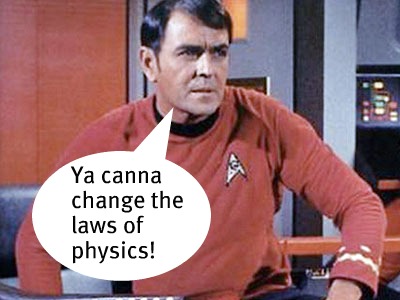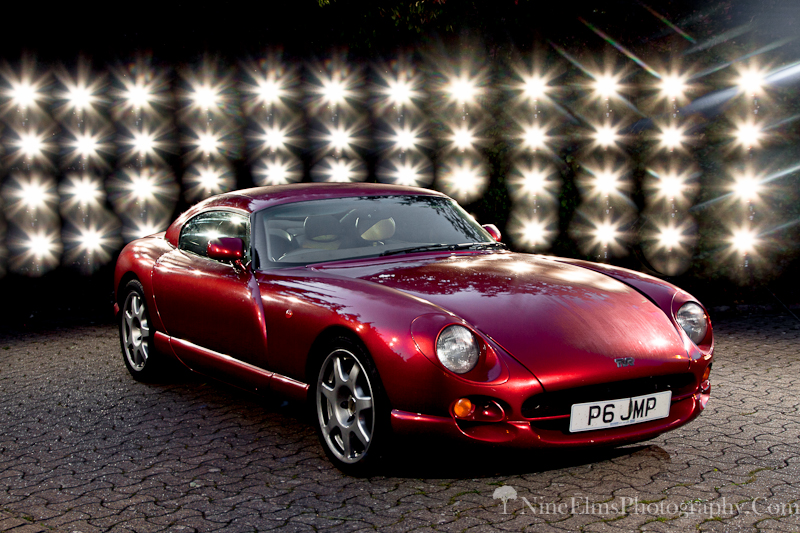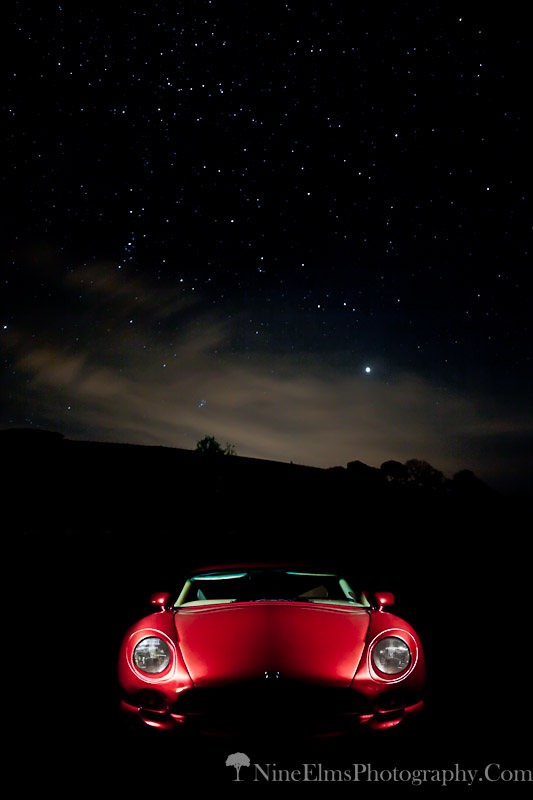- Messages
- 198
- Name
- Chris Richards
- Edit My Images
- No
I want to photograph a car in a showroom. I am working under the following restrictions -
1. I have ZERO control over the ambient light as there are display spot lights everywhere.
2. I want to light paint the car
I've had a go, and to be honest I am very pleased with the initial results - but due to the bright ambient light, even shooting at F22, ISO 100, I can still only expose for say 10 seconds before the ambient light starts to become a problem.
So, I want to control the ambient light - ie lower it. I was thinking along the lines of using some kind of filters. I've never used filters before - only uv to protect lenses. Can anyone give me some pointers.
Many thanks.
1. I have ZERO control over the ambient light as there are display spot lights everywhere.
2. I want to light paint the car
I've had a go, and to be honest I am very pleased with the initial results - but due to the bright ambient light, even shooting at F22, ISO 100, I can still only expose for say 10 seconds before the ambient light starts to become a problem.
So, I want to control the ambient light - ie lower it. I was thinking along the lines of using some kind of filters. I've never used filters before - only uv to protect lenses. Can anyone give me some pointers.
Many thanks.







